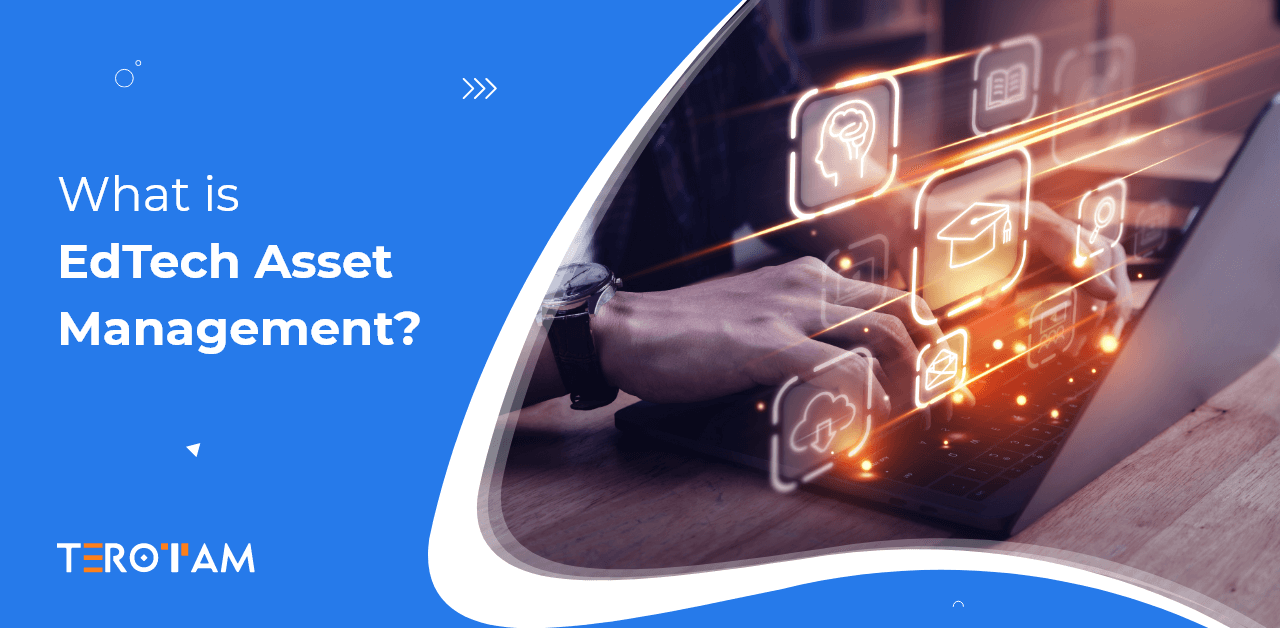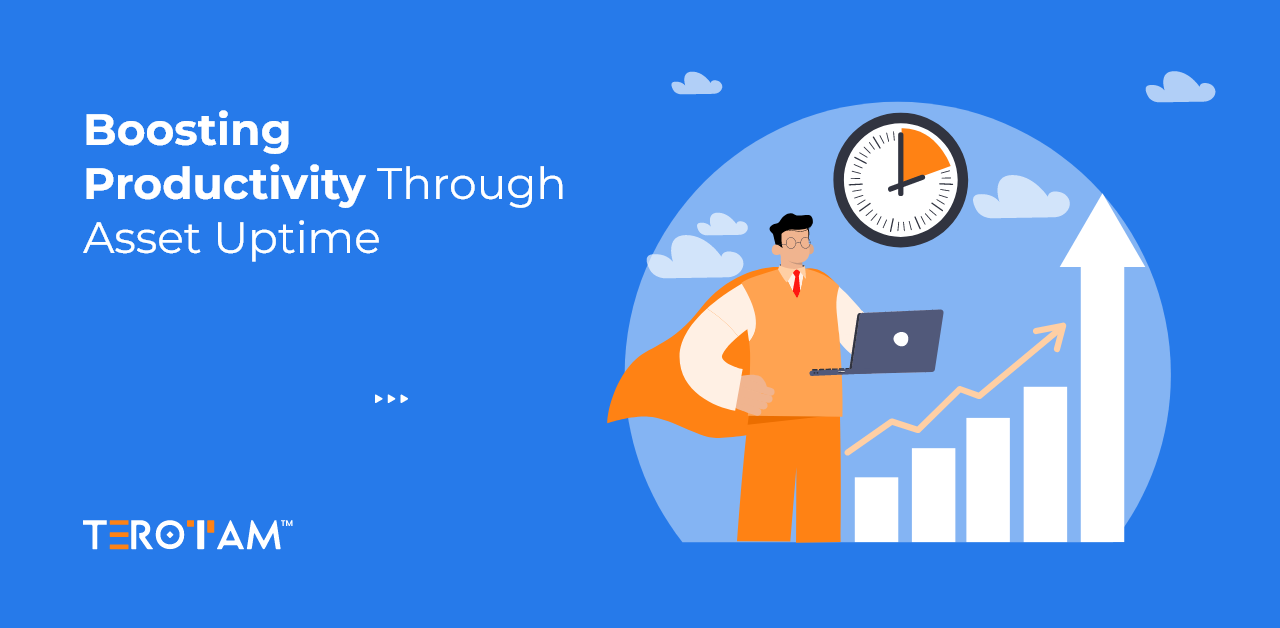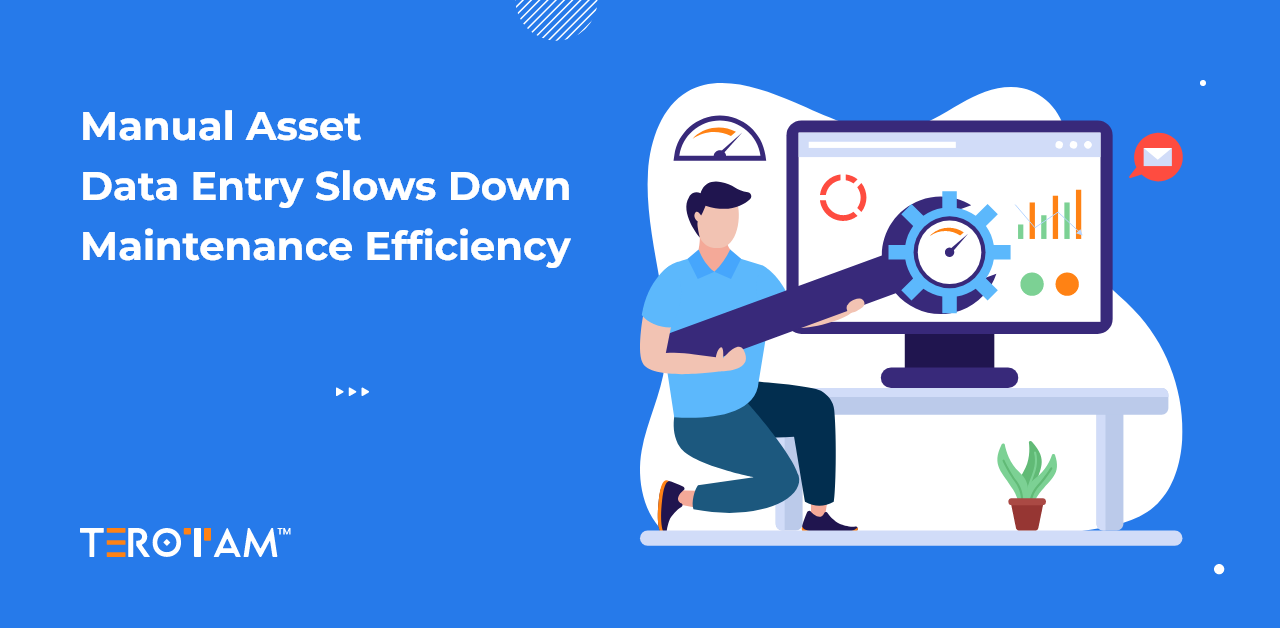Have you ever questioned the cutting-edge technology behind your child’s tablet-based interactive math lessons or the online classroom’s virtual chemistry experiments? Or perhaps you’ve been astounded by how easily teachers incorporate digital content into their lesson plans, making learning not only instructive but also dynamic and interesting. EdTech, or educational technology, is responsible for this revolution in education and is changing how we teach and learn. But EdTech Asset Management is an unsung hero who stands behind this invention.
In this article, we’ll explore the secrets of EdTech Asset Management, exploring why it’s a crucial component in the modern educational landscape. So, are you ready to embark on this enlightening journey through the digital corridors of education?
Let’s get started!
The Concept of EdTech Asset Management
EdTech asset management refers to systematically managing, tracking, and maintaining educational technology assets within an educational institution. These assets can include hardware, such as laptops, tablets, interactive whiteboards, and projectors, as well as software, online learning platforms, digital content, and more. The primary goal of EdTech asset management is to ensure that these resources are effectively deployed, maintained, and used to support the educational objectives of the institution.
Key Elements of EdTech Asset Management
Inventory Management: The first step in EdTech asset management is to maintain an accurate inventory of all EdTech assets. This includes recording details such as the make, model, serial number, and location of each device. Inventory management ensures that no assets are lost or unaccounted for.
Maintenance and Repairs: EdTech assets, like any technology, require preventive maintenance and occasional repairs. Asset management includes scheduling and tracking maintenance to keep devices in working order and extend their lifespan.
Software Management: Educational institutions use various software applications and platforms for teaching and administration. Asset management involves keeping track of software licenses, updates, and ensuring that the necessary software is available for teachers and students.
Security and Data Privacy: EdTech asset management also plays a crucial role in safeguarding sensitive data and ensuring compliance with data privacy regulations. It involves implementing security measures to protect student and teacher data from breaches or misuse.
Budgeting and Procurement: Proper asset management helps educational institutions plan for budgeting and procurement of new EdTech assets. It ensures that investments align with the institution’s goals and are cost-effective.
Why Does EdTech Asset Management Software Matters?
EdTech Asset Management Software is a crucial instrument in the context of education and the integration of technology. It is essential for maximizing the use of educational technology resources, making sure they are maintained, and supporting a seamless learning environment.
Efficient Resource Management
EdTech Asset Management Software allows educational institutions to efficiently manage their technological resources. It provides a centralized platform for tracking and monitoring assets, ensuring they are not underutilized or wasted. This efficiency translates into cost savings and improved resource allocation.
Cost Reduction
By keeping a close eye on asset usage and maintenance, EdTech Asset Management Software helps in reducing costs. It extends the lifespan of devices, minimizes the need for frequent replacements, and prevents budgetary overruns.
Enhanced Learning Experiences
The software ensures that EdTech assets are well-maintained and up-to-date. This contributes to an enriched learning environment where teachers can depend on these assets to create engaging and interactive lessons. The outcome is a positive impact on students’ educational experiences and achievements.
Data Security and Compliance
Data security and adherence to privacy regulations are crucial in today’s educational environment. EdTech Asset Management Software assists organizations in putting in place strong security measures to safeguard private student and faculty information. It guarantees that organizations continue to abide by data privacy rules.
Strategic Planning
This software empowers educational institutions to engage in strategic planning for the future. It assists in predicting when assets need replacement, deciding which technologies to invest in, and creating budgets that are forward-thinking.
EdTech Asset Management Software is the backbone of efficient resource allocation, budget management, and technological stability within the education sector. Its role goes beyond mere organization; it actively contributes to the quality of education students receive and the cost-effectiveness of educational institutions. Thus, in the era of digital learning, EdTech Asset Management Software isn’t just important – it’s indispensable.
In a nutshell,
As technology becomes increasingly entwined with teaching and learning, effective asset management is the key to unlocking the potential of these digital tools. It’s the guardian of the digital classroom, ensuring that resources are maximized, costs are controlled, and students receive a high-quality education in a secure and evolving digital environment. In a world where education and technology are inseparable, EdTech asset management is the compass guiding us to success.
Looking to have more insights on EdTech Asset management software? – Connect with our experts now or write us back at contact@terotam.com








